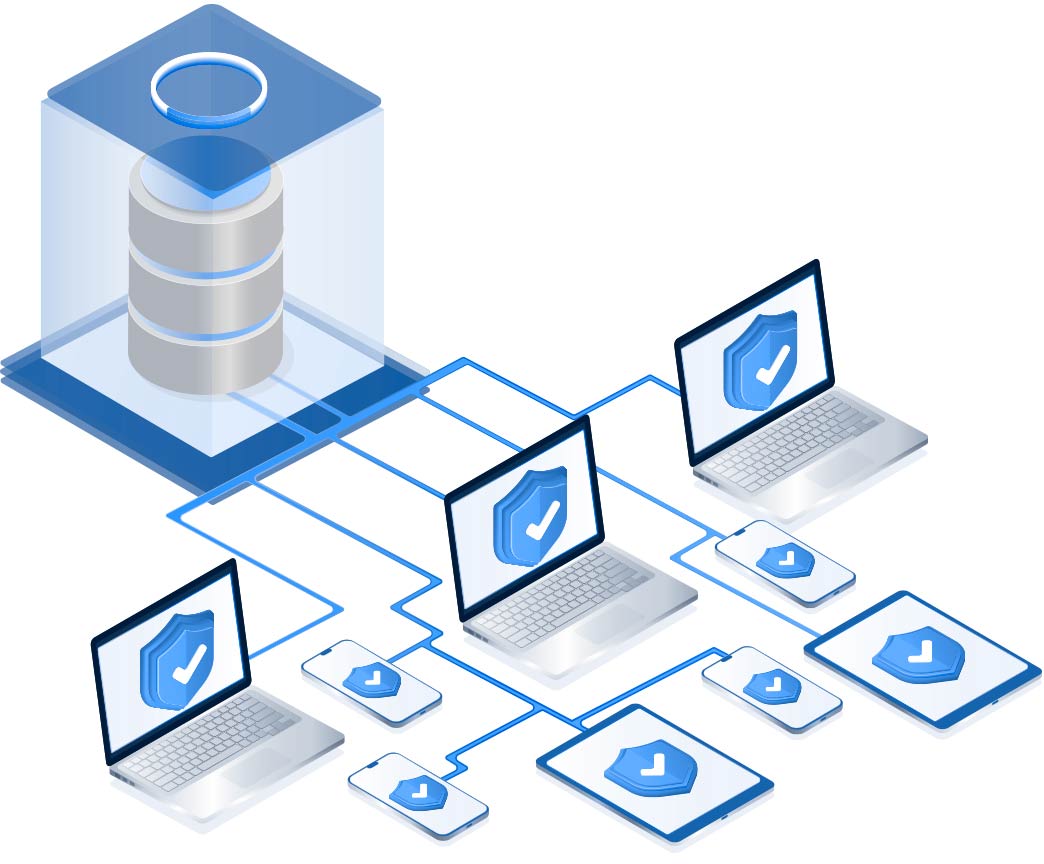—–
Network services

—–
High availability, optimal security and the best user experiences
With increased reliance on a fast, reliable and secure network, more people working remotely and greater adoption of cloud, creating a secure network infrastructure has never been so business-critical.
From fully managed network solutions, to LAN and WAN monitoring and event resolution, Sword can help you optimise your network infrastructure to support your day-to-day operations or strategic business growth.
—–
Capacity. Capability. Control over costs.
Whether you need connectivity between a couple of sites or a complex network across multiple locations (WAN), we can design and implement networking systems that are easy to manage, cost-effective and crucially, offer the capacity and capability to keep your systems running smoothly and offer a fast and seamless user experience.
Certified in a number of advanced systems and technologies, our network engineers are here to design, build, reconfigure and/or manage world-class IT networks.

—–
Our end-to-end network solutions include:
—–
Network architecture, VPC
Levels of isolation enable you to enjoy the benefits of a virtual private cloud (VPC) – more granular control over virtual networks, an isolated environment for sensitive data – within a public cloud multi-tenant architecture, with all the advantages of off-premises, scalability and pay-as-you-go. Hybrid cloud deployment enables you to use a VPC as an extension of your data centre, without the challenges of building an on-premises private cloud.
—–
Gateway appliances
For better control over your virtual or physical network traffic, high availability and enhanced network security, Sword can recommend the right gateway appliances for your IT infrastructure.
—–
Network load balancing (NLB)
When zero downtime is critical, Sword can boost uptime by balancing traffic travelling through your servers with network load balancing, also referred to as dual WAN routing or multihoming. NLB distributes workload to use network resources more efficiently and prevent overload, without the use of complex routing protocols.

















